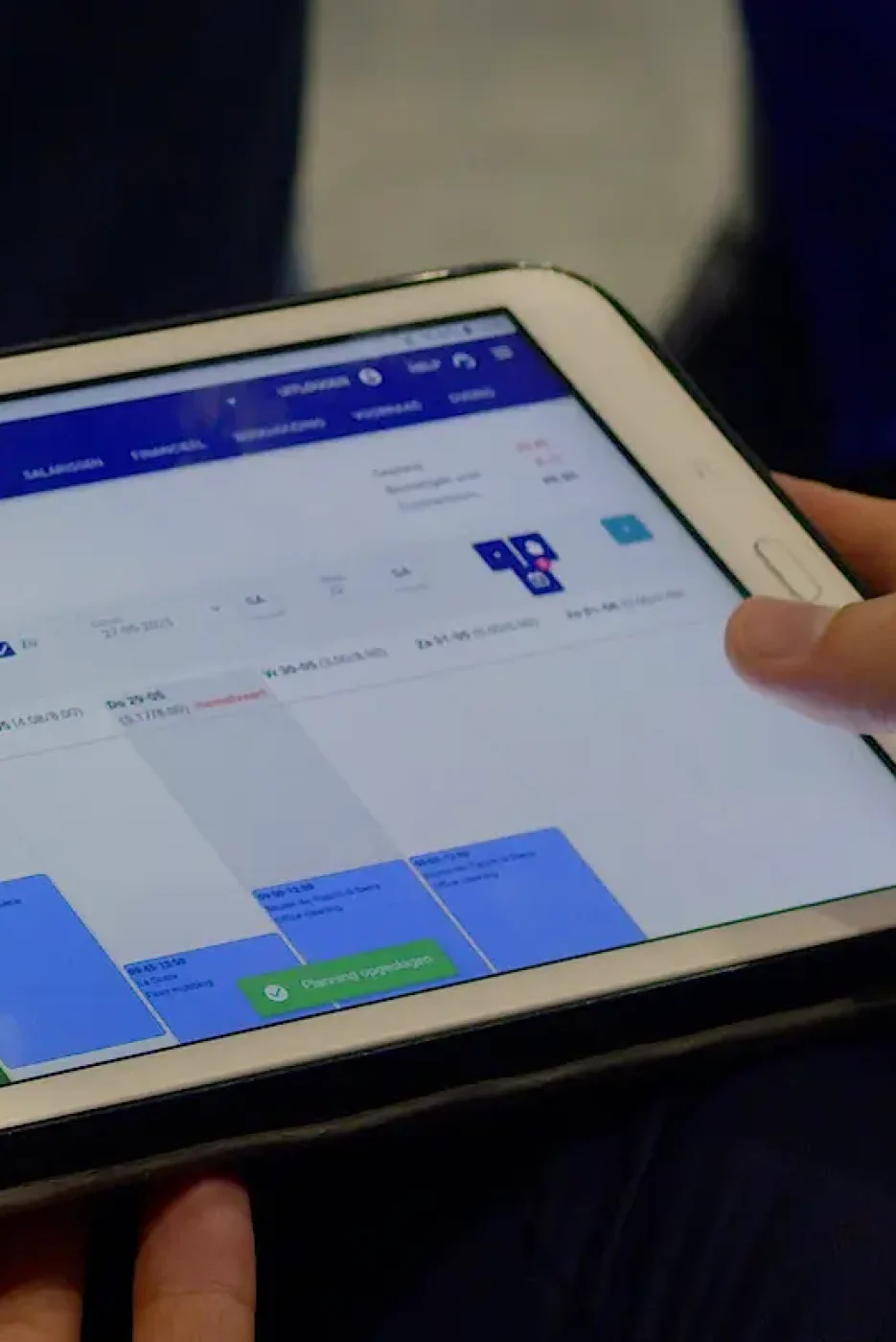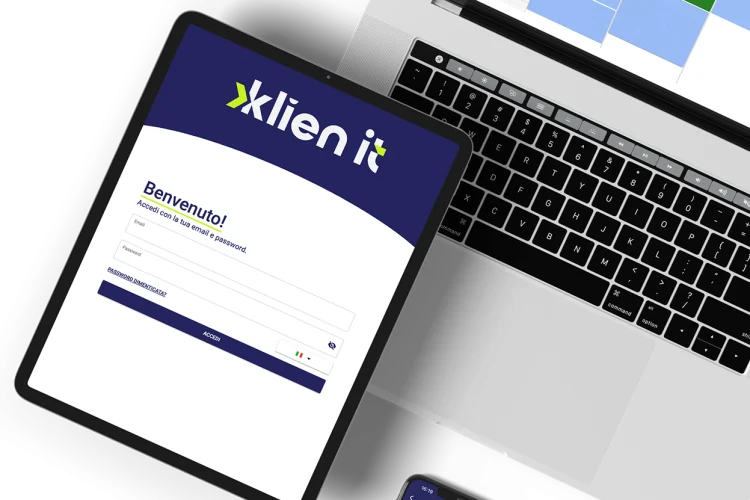Managing a large cleaning team isn’t just about making effective schedule, it’s about coordination, clarity, and transparency. Without structure, even skilled staff can find themselves duplicating work or leaving tasks undone. This article explores the obstacles cleaning companies face when schedules, especially for large teams, are unclear, and presents a practical checklist in order to build a procedure that strengthens both performance and team results.
Why large cleaning teams struggle without a plan
As teams grow, so does the complexity of managing them. Without a central plan, managers risk spreading their people too thin in some areas while neglecting others. Cleaning assignments may be unclear, leaving employees uncertain about what to prioritize. The lack of transparency may also make harder to evaluate performances. If no one knows who was responsible for sanitizing a break room, how can a manager follow up when a complaint comes in? Over time, this lack of structure reduces efficiency, weakens accountability, and causes unnecessary stress for both staff and supervisors.
A checklist for building an efficient cleaning schedule
To keep large teams organized, managers can rely on a structured checklist that guides planning, assignment, and monitoring.
Key steps include:
- Comprehensive planning: a full inventory of tasks, from routine to seasonal deep cleans, categorize by frequency.
- Role allocation: assign jobs, considering both skills and workload distribution.
- Accessibility and tracking: make the schedule visible to everyone, use apps or simple charts to check off completed tasks, and adjust as team input or site conditions change.
When applied consistently, this key steps will manage to keep the work organized and raise the overall standard of cleanliness.
How structured scheduling benefits your team
While schedules may appear to only serve operational needs, they also transform team dynamics. A clear division of responsibilities reduces conflicts, since employees can see clearly shifts and responsibilities. Visual checklists and accessible plans provide reassurance, especially for new staff who might otherwise feel lost. Regular feedback and opportunities for input further boost engagement. When employees can suggest adjustments to assignments or highlight areas needing extra attention, they feel more valued. In large teams where staff often rotate shifts, a strong schedule creates stability and fosters a sense of connection to the bigger picture.
Risks of leaving scheduling to chance
Relying on improvised task lists or verbal instructions can quickly backfire:
- Critical oversights: some areas may be cleaned less often than needed.
- Employee frustration: without clarity, staff may feel their workloads are unfair or inconsistent.
- Management blind spots: supervisors have less visibility on what has been completed or who is accountable.
- Customer dissatisfaction: inconsistent standards lead to complaints and risk long-term contracts.
What seems like saving time by skipping formal scheduling often results in wasted effort and higher operational costs.
Every large team needs a clear schedule
For efficient cleaning operations, a well-designed schedule is not just helpful, it’s essential. It creates order out of complexity, ensuring that no tasks remain undone, workloads remain balanced, and quality standards are upheld.
The payoff is twofold: employees gain clarity and confidence in their work, while customers experience reliable, high-quality service. By following a structured checklist, managers can build a system that supports growth, efficiency, and trust.



